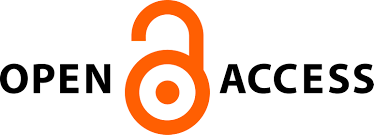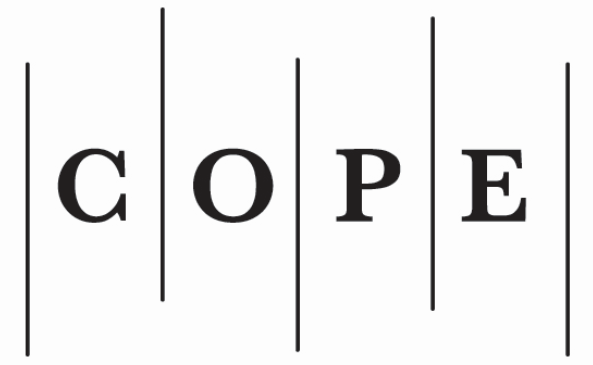Identifying disruptive innovation in the IT sector: a framework for evaluating intercompany impact
DOI:
https://doi.org/10.32397/tesea.vol6.n1.724Keywords:
Disruptive innovation, disruptive technology, disruption process, business model innovation, IT sector, market dynamicsAbstract
In the dynamic Information Technology (IT) sector, accurately assessing disruptive potential is crucial for companies aiming to maintain competitive advantages and preempt emerging threats. This study introduces a robust framework for evaluating the disruptive potential of IT companies, with a specific focus on company-to-company impacts. Our approach diverges from traditional models by integrating a holistic, multi-dimensional perspective that includes business model innovation, market dynamics, network effects, and customer adoption trends. Our approach incorporates a situational model that contextualizes disruptive dynamics within specific industry conditions, alongside a scoring model that systematically quantifies the potential impact of innovations. The framework was developed through an extensive literature review, expert interviews, and an analysis of both historical and contemporary case studies. Specifically, the historical case study examines Apple's disruption of Nokia in the smartphone market, while the contemporary case study analyzes the competitive dynamics between Mondoo and Lacework in the cybersecurity domain. These case studies provide an in-depth application of the framework, demonstrating its utility in both retrospective analysis and real-time market evaluation. This development process was significantly enriched by the primary author’s direct industry experience in a Silicon Valley cybersecurity startup, ensuring that the framework addresses real-world complexities and needs. Our research contributes a practical tool adapted to the IT sector's unique characteristics, offering strategic insights for IT professionals, strategists, and policymakers to effectively navigate and leverage disruption opportunities. The practical applications of this framework extend beyond academic discussion, providing actionable guidance for identifying and addressing potential disruptions in the IT landscape.
Downloads
Downloads
Published
How to Cite
Issue
Section
License
Copyright (c) 2025 Hossein Rouhani Zeidanloo, Miroslav Špaček

This work is licensed under a Creative Commons Attribution 4.0 International License.
Authors retain copyright and grant the journal right of first publication with the work simultaneously licensed under a Creative Commons Attribution 4.0 International License, which allows others to share the work with an acknowledgment of the work's authorship and initial publication in this journal.
















